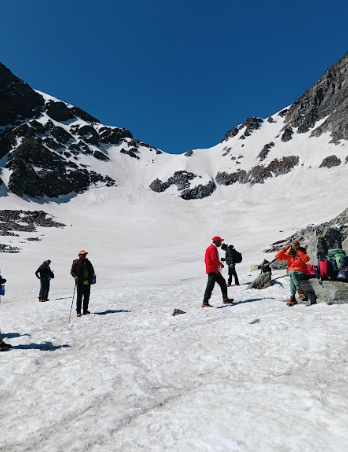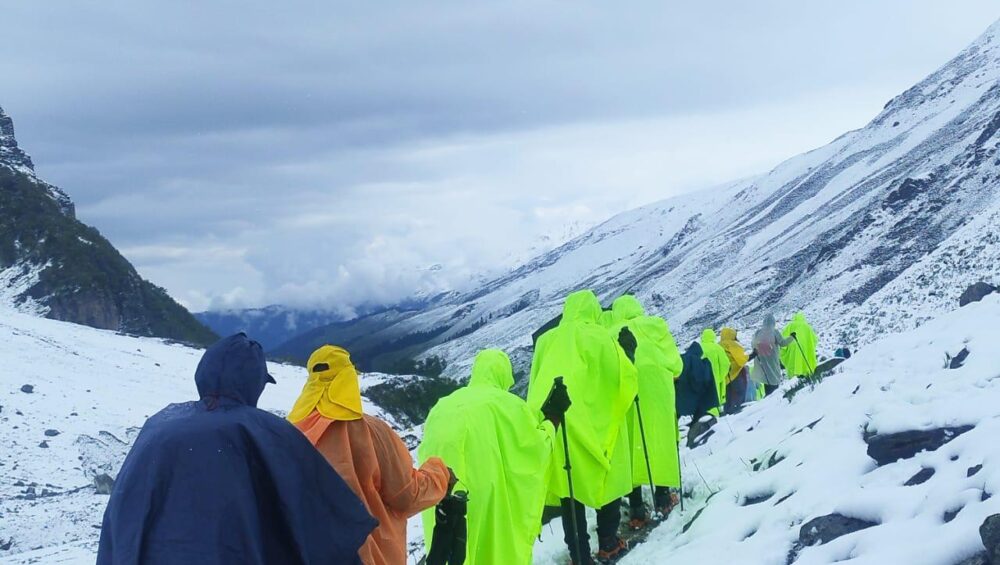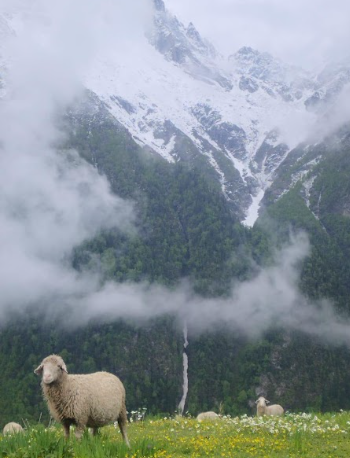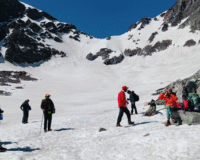Chandranahan Lake Trek – A Mystical High-Altitude Adventure in Himachal
Chandrahan Lake is a hidden alpine pearl in remote areas of Pabbar Valley, Himachal Pradesh, which is unexplained by many pulls. This glacier sits at a height of around 4000 meters, and is considered sacred by the locals and is said to be the origin of the Pabbar River. CHANDRAHAN Lake Trek is surrounded by snow -chopped peaks and a bloom with wild flower in the summer, and is a perfect mix of beautiful beauty, cultural meaning and raw Himalaya adventure. For those looking for an offbeat trekking experience in the Himachal Pradesh, Chandrahan Lake Trek offers the ideal combination of adventure and peace. You need to know everything about planning a trip for this ancient alpine destination.





